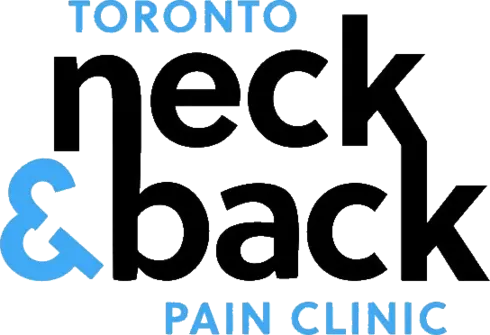Aches, Pains, and Poor Function?
What you can’t do is keeping you from feeling better.
Multiple times a week, if not every single day, aches, pains, and poor function are talked about at the clinic. That’s not surprising given that most of us are wondering where all those aches and pains came from and why they’re not getting better. Do you have an ache or pain right now? Statistically, I’d bet you do.
The most common aches and pains people say they are living with include back pain, neck pain, and headaches. Other joint aches are not far behind…knees, shoulders, wrists…they can all have their share of crankiness. People often have more than one area creating daily problems for them.
No one is immune. School aged children have their book bags and electronics challenging their posture. Young adults spend long hours studying and/or endless hours working. They do this to get themselves established in fields of endeavor and future careers. This attempt to gain wealth often costs them their health.
The “adulting” crowd is caught between staying young, staying active, keeping up with their kids and years of repetitive work, play and injuries along the way. Seniors face the cumulative effects of a life well lived on a body that is requiring more and more care and attention. This is especially true of degenerating parts, including joints, succumbing to annoying arthritis and arthritic symptoms.

Dr. David Koivuranta, Toronto Chiropractor, discusses aches, pains and dysfunction.
Regardless of the ache or pain, irrespective of the impact on our activities and quality of life, is there one common factor at play? Yes, it’s function. Function is the ability of our body parts to do what they were designed to do. In this instance we’re mostly talking joints, muscles, tendons, nerves and the other tissues involved with sitting, standing, moving and even lying down. These are all activities that should feel good and be easy. Right!
This is where it gets interesting.
The primary form of treatment for aches and pains is dealing with the ache or pain and not the poor function. Which makes sense given that no one likes to be in pain. However, whether it’s before relief is found or in the process to get relief, function needs to be a part of the conversation. Here’s why.
Whether the dysfunction (body parts sitting and moving wrong) came before the pain or after the pain, it’s now a key part of the problem. Consider if everything was sitting and moving well, how would it feel? It would probably feel pretty good. The goal then is getting things sitting and moving better for relief and a recovery of normal function.
If this step is skipped or ignored, say with a pain reliever or other such pain focused procedure, the part is left to sit and move wrong even if the person, like you, feels better. The dysfunction continues to cause problems for all the body parts that are involved, even if it can’t be felt. With the pain gone, the body is used as always. This can and will damage the tissues even more. One day, sometimes for no apparent reason, the ache or pain comes back, is worse than the previous episode, and does not as easily “go away”.

Back Pain, Neck Pain, Low Back Pain, Headaches, all involve dysfunction.
The reality of how aches and pains involve dysfunction, and of how function is often ignored or not known, leads to significant health concerns. Low back pain, neck pain, headaches, arthritis, sciatica, chronic pain, more acute joint pain episodes, and other related problems can and do result. Furthermore, function is not the same as fitness, nutrition, inflammation, genetics or other such factors. They can certainly all be involved, but are independently important.
How and why is this ultimately valuable?
Some of the best information from patients when they come to the clinic is based on what they can’t do. Or, in other words, what hurts or aggravates their problem. Even knowing what activities they now must avoid and why is helpful. In fact, this is what usually gets someone to the clinic…not the pain, but what they can’t do anymore. Based on this information alone, the doctor can often surmise what’s wrong.
Coupled with a thorough examination to determine what’s not sitting and moving right, an individualized treatment plan can be created. That treatment plan will help to alleviate the source of the problem because those aches and pains involve dysfunction. People are given a combination of things to do, things to avoid doing, and usually some combination of manual therapy for the involved parts of the body. In some cases, more lifestyle support can and will be provided as necessary.
Although this approach may seemingly take an investment in time and effort, it also quite typically resolves the problem at its source. This allows for a more longer-term result with a return to normal activities. At the same time, it will attempt to slow and stop if not reverse the dysfunction. That way, by staying functional, aches and pains can be less of a future concern. That actually saves future investments in time and effort for similar problems. And that’s something we can all function with!
Learn more at www.dkchiroblog.com
